http://chriskresser.com/

There are now a few companies that are offering this type of training to health coaches, and I suspect that we’re going to see more of them in the future. So, I wanted to take the opportunity in this article to share my position and explain the reasoning behind it.
But before I do that, I want to start by saying that everyone reading this article has a crucial role to play in reversing the chronic disease epidemic, whether you are a medical doctor, a chiropractor, a nutritionist or dietitian, a health coach, a personal trainer, or even what I’ve called a “citizen activist.”
The scale of the challenge we face is enormous, and we need to work together as a community of professionals and advocates to solve it. I spent at least a third of my recent book, Unconventional Medicine, making this argument, and I haven’t stopped believing it. In fact, I feel more strongly about it than ever.
Let’s begin by clarifying some of the roles that are relevant to this discussion because I think there is still a lot of confusion about them. Frankly, I didn’t fully understand the distinctions between these roles myself until just a few years ago.
Should health coaches interpret lab tests for their clients? What about nutritionists? Check out this article for my take on a contentious issue. #changeagent #functionalmedicine #chriskresser
We Need Both Health Coaches and Nutritionists/Dietitians—But They Are Not the Same
The terms “health coach,” “nutritionist,” and “dietitian” are often used interchangeably, but they are not the same.
What Is a Health Coach?
This is a critical role since we know that over 85 percent of chronic disease is driven by our behavior and environment—not our genes—and that only 6 percent of Americans consistently engage in the top five health behaviors identified by the Centers for Disease Control: maintaining a healthy weight, not smoking, not drinking excessively, getting enough exercise, and getting enough sleep. (1, 2) (I would also add eating a healthy diet to this list.)
We desperately need properly trained health coaches because information is not enough to change behavior. If it were, 100 percent of Americans would engage in the top health behaviors all the time. Most people know that getting enough exercise and sleep, eating well, and avoiding smoking and drinking excessively are healthy behaviors. But as the statistics show, they still don’t do these things.
And this isn’t just true in the general population. Even in my own Functional Medicine practice with highly motivated patients, some people struggle to implement the changes I suggest. And I know from training thousands of healthcare professionals of all types that lack of compliance is an extremely common problem.
Health coaches fill a critical void in both conventional and Functional Medicine by offering more intensive, patient-centered care. When properly trained, they are skilled in evidence-based methods of supporting change, including:
- Motivational interviewing, which helps people to discover their own motivation and strategies for change
- Positive psychology, which teaches people to build on what’s working, rather than fixing what’s broken
- Understanding the stages of change, which allows health coaches to offer the appropriate type of support at each stage of change
- Habit formation and reversal, which supports people to create new, healthy habits and reverse unhealthy ones
- Accountability and goal setting, which helps people to stay on track and achieve their goals
All of the knowledge and expertise in the world doesn’t matter unless someone can apply it in their own life. The support of a health coach can make the difference between success and failure in implementing long-term diet, lifestyle, and behavior changes. So, there’s no question in my mind that health coaches will play a crucial role in reversing the chronic disease epidemic. (For more on the importance of health coaches in combating chronic disease, see this article.)
All of that said, health coaches do not typically have training in health and medical sciences (unless they also have another healthcare license or credential). They don’t need this expertise to be successful in supporting behavior change, which is their primary purpose and role.
What Are Dietitians and Nutritionists?
Generally speaking, the term “registered dietitian” (RD) is more tightly regulated than the term “nutritionist,” but this doesn’t necessarily mean that a dietitian has more training than a nutritionist.
For example, a certified nutrition specialist (CNS) is a highly qualified nutrition professional with both a bachelor’s and a graduate degree (master’s or doctorate) in nutrition, plus 1,000 hours of a supervised internship and a passing score on a rigorous exam.
Registered dietitians are also highly qualified. They have typically attended an accredited bachelor’s program as well as a 1,200-hour supervised internship, and they may have additional licenses or credentials in specific areas of study.
Both dietitians and certified nutrition professionals have had extensive training in health and medical sciences, such as:
- Organic chemistry
- Biochemistry
- Anatomy
- Physiology
- Genetics
- Microbiology
- Pharmacology
- Statistics
- Nutrient metabolism
There are many different degrees, credentials, and qualifications within the nutrition field. Some are regulated and protected, and others are not. For this reason, the range of training that someone using the term “nutritionist” has had can vary wildly, from being self-taught, to a 40-hour course, to hundreds or even thousands of hours of academic and clinical education and experience.
It is beyond the scope of this article to explain all the different career paths that a nutrition professional might pursue, but if you’d like to learn more I’d suggest the following two resources:
- Description of Nutrition Professional Degrees/Credentials on the American Nutrition Association website
- What Is The Difference Between A Nutritionist And A Dietitian?
Should Health Coaches Interpret Blood Tests?
Let’s begin by discussing blood testing since it is the most common type of testing offered in medicine today.
There are two reasons for this:
- Safety and ethics. Many health coaches have not had in-depth training in health and medical sciences that would prepare them to interpret blood work, unless they also hold another license or credential that included that training (e.g., a nurse, dietitian, occupational therapist, etc.). If a health coach reads a blood panel and misses something important on the results and/or makes an unsuitable recommendation, the client could be harmed.
- Legal and regulatory concerns. In many states, a health coach would be infringing on the scope of practice of other practitioners (including dietitians and medical doctors) by interpreting blood tests, and they might be subject to legal action.
It’s important to understand these two reasons separately because even when one does not apply, the other still does.
For example, in some states, the law does not explicitly prohibit a health coach from reviewing blood test results—which is different than interpreting them and making a diagnosis and treatment suggestions. (I’ll explain this distinction further below.) But that does not mean that it is safe or ethical for a health coach without adequate training to do it.
On the other hand, a health coach may have a background in health or medical sciences that would provide a foundation for understanding blood work, but without a credential or license that permits this, she would still be at legal risk.
What about Recognizing “Red Flags” on Blood Tests?
There is one caveat here. Although I don’t think that a health coach should interpret blood tests, I do think that they should be able to recognize “red flags” and risk factors for chronic disease and then make a referral to an appropriate healthcare professional.
The National Board of Medical Examiners (NBME) recently teamed up with the International Consortium of Health & Wellness Coaches (ICHWC) to create an internationally recognized credential for health coaches called the National Board Certified Health & Wellness Coach (NBC-HWC). Section 3 of the Health & Wellness Coach Certifying Exam Content Outline states: (3)
By definition, health and wellness coaches are not content experts in health or disease; they do not diagnose or prescribe, unless a coach has credentials in another profession that allow expert advice to be given. However, it is important for coaches to have a solid working familiarity of current evidence-based recommendations provided by public health groups such as the Centers for Disease Control and National Institutes of Health.
Relevant guidelines and recommendations fall in the areas of health promotion, disease prevention, and lifestyle medicine. The coach should be able to identify risk factors for chronic disease, commonly used biometric measures, and current lifestyle recommendations for optimizing health. An important focus for the coach is to recognize potential imminent danger and medical red flags and to know when and how to refer to another health care professional. [Emphasis added]
There is a crucial difference between interpreting a blood test result and making a diagnosis and treatment recommendations (including nutrition and diet suggestions) based on the result, and recognizing a potential red flag and referring to medical professional for further investigation.
This distinction is well recognized in other healthcare professions. For example, a nurse working in a hospital might notice and report signs and symptoms of redness, pain, and swelling at an incisional site but would not diagnose an infection or prescribe treatment for it. Instead, she would bring the issue to the attention of a physician, who could then diagnose and treat the problem.
While “reviewing” lab tests to recognize red flags and risk factors and “interpreting” them to diagnose and treat disease are not the same thing, they are often confused and and there’s a fine line between them that health coaches could easily cross.
This is why we train our ADAPT health coaches to avoid interpretation of lab tests entirely, and take a conservative approach to reviewing them if they live in a state that might permit it. If they live in a state that doesn’t, they must avoid even reviewing lab test results.
A Caveat: Health Coaches with Other Licenses or Credentials
Some certified health coaches also have licenses or credentials in other healthcare fields. For example, we have several licensed professionals in our ADAPT Health Coach Training Program, including medical doctors, physical and occupational therapists, and registered dietitians.
In these cases, the health coach does have the training and credentials that would allow them to interpret blood tests. However, most attorneys that I’ve consulted have advised that health coaches that have a license should only interpret labs if they are clearly operating under the scope of practice of their license.
Let’s say you’re a nurse practitioner (NP) and a health coach. If you advertise yourself as a nurse practitioner (that may also incorporate health coaching) and you onboard your patient using the same methods that you would use for any of your patients, you may interpret labs and do all of the other things that your scope of practice as an NP allows you to do.
However, if you advertise yourself as a health coach and onboard the client with only that understanding, then you should operate within the scope of practice of a health coach—not a nurse practitioner.
For this reason, in our ADAPT program we recommend that “dual professionals”—health coaches that are also licensed healthcare providers—advertise and operate within the scope of practice of their licensed profession if they want to be able to incorporate lab testing into their practice.
They can still use health coaching skills and competencies with their patients or clients because, in most cases, the scope of practice of licensed providers (like MDs, NPs, PTs, RDs, etc.) doesn’t preclude them from using these skills along with whatever other activities their licensure enables them to perform.
Should Dietitians and Nutritionists Interpret Blood Tests?
As I mentioned above, registered dietitians (RDs) and certified nutrition professionals often have hundreds or thousands of hours of academic and clinical training in health and medical sciences. This qualifies them to interpret blood test results related to nutrition status.
According to the CDC: (4)
RDNs in clinical practice: Recommend, perform, and/or interpret test results related to nutrition status: blood pressure, anthropometrics (e.g., height and weight, skinfold thickness, waist circumference, calculation of body mass index with classification for malnutrition and obesity), indirect calorimetry, laboratory tests, and waived point-of-care laboratory testing (e.g., blood glucose and cholesterol).
This is also true in a Functional Medicine context. According to the American Dietetic Association: (5)
IFMNT practitioners use a range of assessment tools in practice. These include a nutrition-focused physical exam and conventional laboratory data along with functional tests to assess the integrity of the metabolic networks and core imbalances that may be present.
Certified nutrition professionals with adequate training, such as certified nutrition specialists (CNSs), are also able to interpret blood tests. Section 3cii of the Examination Content Outline for Certified Nutrition Specialists states that a CNS should be able to “[i]nterpret laboratory data as it applies to nutrition-related conditions and systemic imbalances.” (6)
What If You’re a Nutritionist without a Nationally or Conventionally Recognized Credential or License?
There are many different career paths and training options for nutritionists, and they can vary significantly in terms of the prerequisites, curriculum, practical supervision (e.g., internship, practicum, etc.), length of study, and other factors.
Moreover, the term “nutritionist” is not regulated or protected. This means that someone could take be self-taught, or take a short course in nutrition (say, 30 to 40 hours) and then refer to themselves as a nutritionist. In these cases, I believe that the individual wouldn’t have the necessary training in health and medical sciences to prepare them to interpret blood testing.
This leads to both ethical and safety concerns and legal and regulatory risk—just as it does with health coaches. A nutritionist without adequate academic and clinical education in health and medical sciences could harm a client if she does not interpret a blood test correctly, and if the client pursued legal action, it’s likely that the nutritionist would not be protected.
It is beyond the scope of this article to address the scope of practice of nutritionists that do not have a nationally or conventionally recognized license or credential. If you fall into this category, please refer to your educational institution or an organization like the National Association of Nutrition Professionals for more information.
Recognizing “Red Flags” and Risk Factors for Chronic Disease
As I mentioned above, although interpreting blood tests is not within the scope of practice of a health coach, the NBME suggests that a health coach should be able to recognize red flags and risk factors of chronic disease, including commonly used biometric tests (i.e., blood tests, blood pressure, etc.).
While I’m not aware of a general scope of practice that covers nutritionists without nationally recognized credentials or licenses, I think it’s also important that these providers are able to recognize red flags and risk factors and make referrals to appropriate healthcare professionals, at least in states that permit review of blood test results by unlicensed providers.
Again, there is significant risk here of the line between review and interpretation blurring, so caution is warranted.
What about Other Types of Lab Testing?
So far in this article, I have focused on the interpretation of blood testing. But what about the interpretation of other types of testing like the stool, saliva, and urine labs that are often used in a Functional or Integrative Medicine context?
This is more of a gray area from both a safety/ethics and legal/regulatory perspective. In general, I believe that registered dietitians and certified nutrition professionals should be able to interpret the results of these types of tests, provided they have been specifically trained in these Functional Medicine diagnostics.
The answer is much less clear in the case of health coaches and nutritionists that do not possess a nationally recognized credential or license, and/or have not had adequate training in health and medical sciences.
Using the results of a stool test from uBiome or a functional lab to make recommendations like eating more fiber or consuming probiotics is very different than interpreting the results of a comprehensive blood panel. The stakes are much higher with blood work, since the results can indicate serious and potentially life-threatening conditions like cancer, hemochromatosis, or Wilson disease.
At the same time, although saliva, stool, and urine testing don’t typically reveal serious conditions, some of the treatments that providers recommend based on these results can be dangerous when prescribed incorrectly.
For example, I know of one case from a few years back when an unlicensed health coach recommended a high dose of DHEA, a hormone, to a client based on the results of that client’s saliva hormone test. What the coach failed to recognize is that a high dose of DHEA could exacerbate the client’s preexisting Graves’ disease, a hyperthyroid condition. After taking the DHEA, the patient experienced tachycardia, palpitations, high blood pressure, and elevated body temperature and had to be taken to the emergency room.
The client hired an attorney and sued the health coach—and also the program that trained the coach to interpret the lab results and prescribe treatment based on them.
So, as you can see, the question of whether a health coach or non-credentialed or non-certified nutritionist should be able to order and interpret saliva, stool, and urine tests is nuanced and complex. In some cases, it may be fine provided that they have adequate training to interpret the specific test in question. In others, I see potential issues from both a safety/ethics and legal/regulatory perspective.
The legal and regulatory landscape is not well defined in the case of Functional Medicine diagnostics because it’s relatively new and until recently has not been on the radar of the organizations that are responsible for creating the laws and regulations that govern who can order and interpret laboratory testing.
I suspect we’ll see more developments in this area over the coming years. Until then, the safest approach is likely to apply the same principles that determine which healthcare providers can interpret blood tests to other Functional Medicine diagnostic tools like saliva, stool, and urine tests.
It Takes a Village to Reverse Chronic Disease
The fact that I don’t believe that health coaches and nutritionists without nationally-recognized credentials or training in health and medical sciences should interpret most lab test results does not in any way mean that I don’t value these vital health professionals.
I know of many skilled and competent nutritionists that are neither RDs nor certified nutritional professionals yet have helped hundreds of people transform their diet and lifestyle, reverse chronic disease, and dramatically improve their quality of life.
Likewise, I’m such a believer in the power of health coaching that I launched a 12-month health coach certification called the ADAPT Health Coach Training Program in 2018. Health coaches have a critical role to play in healthcare because they are working on the front lines to help people change their behavior—and that is arguably the single most important thing we can do to prevent and reverse chronic disease.
So, this article is not about creating a hierarchy in which the providers that can order and interpret lab testing and prescribe treatment are higher up and the providers that focus on behavior change and providing guidance on diet and nutrition are lower down.
That mentality is an artifact of the conventional medical paradigm that values information more than transformation, expertise more than support, and managing and suppressing symptoms more than changing diet, lifestyle, and behavior. It’s exactly the model that got us into this mess in the first place.
It recognizes the inherent and equal value of each type of provider and seeks to maximize his or her skill, training, and scope of practice in service of the patient. For example:
- Medical doctors and other clinicians focus on the diagnosis and treatment of disease
- Nutritionists and dietitians focus on creating individualized nutrition protocols
- Health coaches focus on supporting people in implementing the protocols prescribed by nutritionists/dietitians and clinicians and in making successful and lasting behavior change
While each of these providers can have a major impact working independently, I believe that they are even more effective when working together in a collaborative fashion:
- A doctor can prescribe a brilliant treatment protocol, but without a nutritionist or dietitian to customize the diet prescription and a health coach to help the patient to implement it, the chances of success are much lower.
- A health coach can have a powerful impact on supporting people to make diet, lifestyle, and behavior changes, but if his client is struggling with a significant chronic health problem, working in collaboration with a clinician that can perform the full scope of lab testing and prescribe treatments will lead to better results.
- A nutritionist or dietitian can create a perfectly tailored nutrition prescription for her client, with meal plans and recipes, but if the client doesn’t follow it, all of this work will be for naught. This is where a health coach can be so helpful.
It truly does take a village to address this growing problem of chronic disease. If you’re reading this, it means that you’re already playing a role—however big or small—in this healthcare revolution, and I am so grateful for your efforts!
As this article indicates, there are still many gray areas and quite a lot of confusion, even amongst legal and medical professionals that have closely studied these issues. What’s more, the landscape is changing quickly, as professions like health coaching and nutritionists become more common and better recognized.
I will continue to study this topic, consult with healthcare attorneys, and gather feedback from the professional community. I’ll update this article with any new, relevant information.
I’d love to hear your feedback, questions, or concerns in the comments.
The post Should Health Coaches and Nutritionists Interpret Lab Tests? appeared first on Chris Kresser.






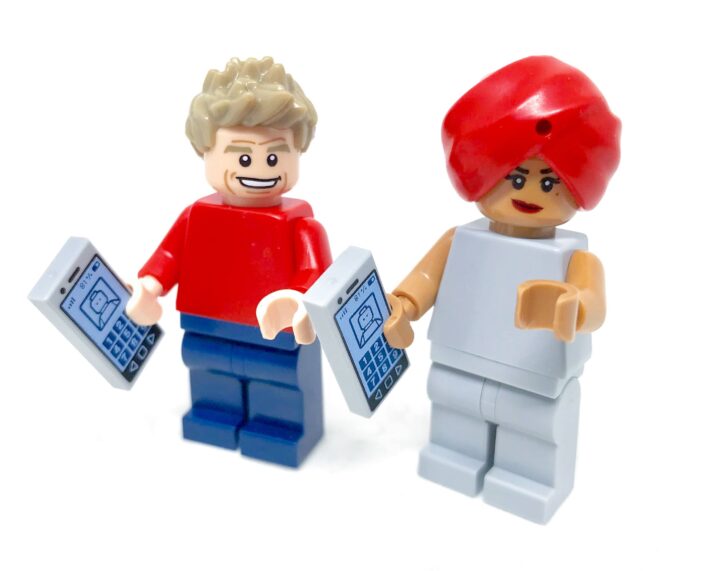
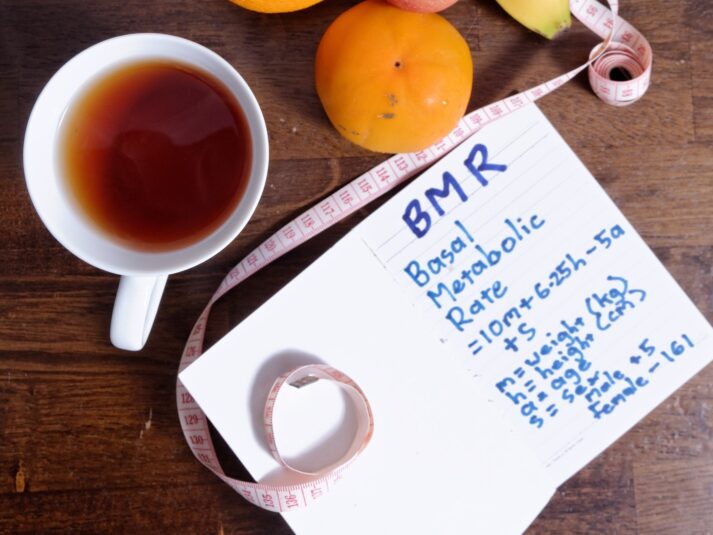

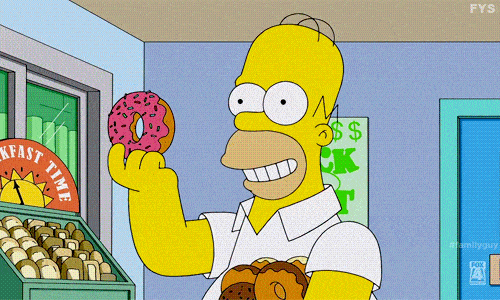

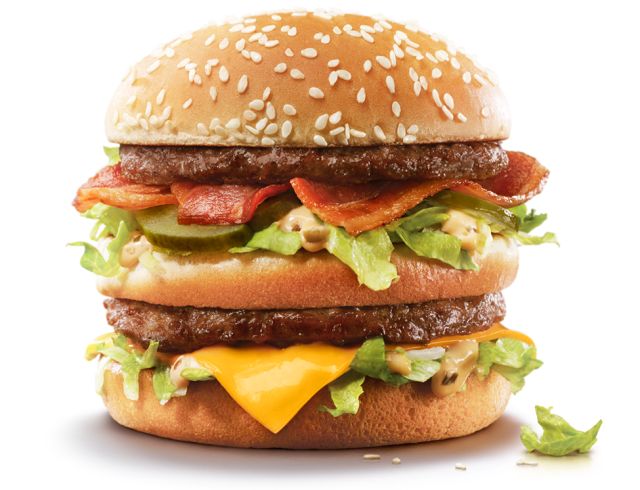




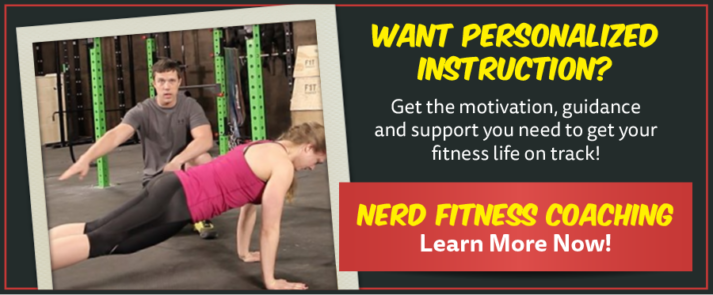

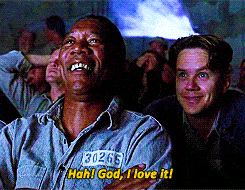

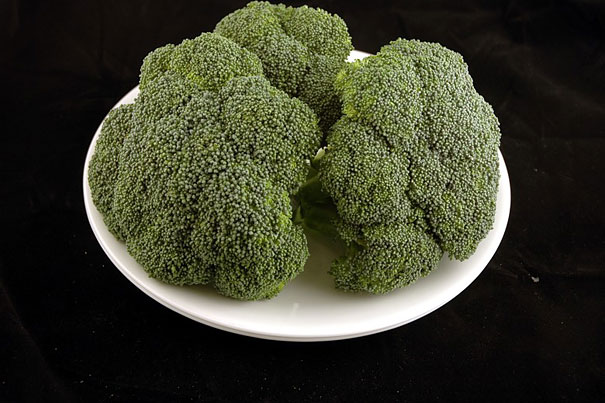
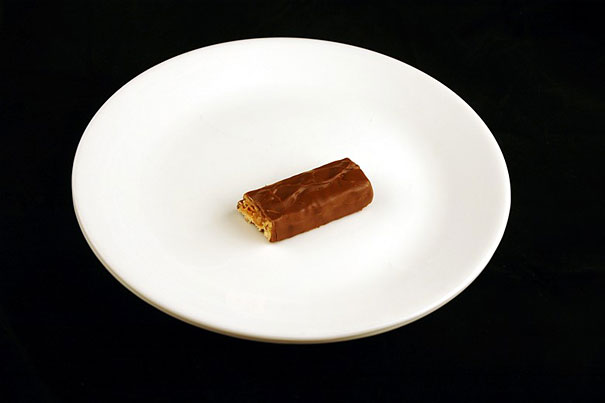


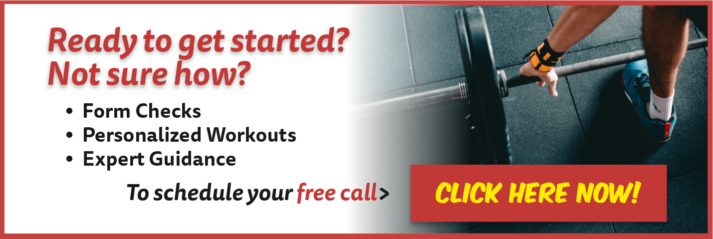
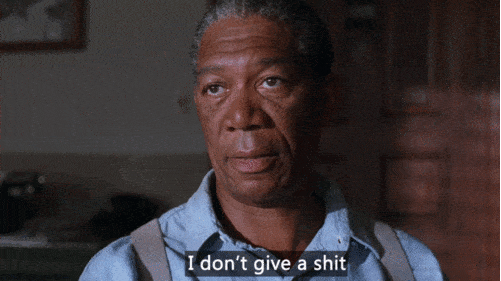


 This idea sparked my interest so much I went home and started searching everything online I could find on wild human diets etc. and eventually landed on Mark’s Daily Apple. I was hooked from the first words I read. (I eventually read all of
This idea sparked my interest so much I went home and started searching everything online I could find on wild human diets etc. and eventually landed on Mark’s Daily Apple. I was hooked from the first words I read. (I eventually read all of  I maintained the Grok lifestyle until 2012, and then things took a turn. I changed jobs, and moved to Hawaii. Don’t get me wrong—Hawaii was great, but the stress of being so far from family, and the hustle and bustle of a million people on one little island started taking its toll. All the great new foods didn’t help either. Who can’t resist a piece of Haupia Pie now and then? I still followed the primal eating principles for the most part probably 75/25. However things were changing for sure. I started drinking more beer and eating less than ideal (this is not the best way to handle stress). I gained most of the weight back and then some over the next three years.
I maintained the Grok lifestyle until 2012, and then things took a turn. I changed jobs, and moved to Hawaii. Don’t get me wrong—Hawaii was great, but the stress of being so far from family, and the hustle and bustle of a million people on one little island started taking its toll. All the great new foods didn’t help either. Who can’t resist a piece of Haupia Pie now and then? I still followed the primal eating principles for the most part probably 75/25. However things were changing for sure. I started drinking more beer and eating less than ideal (this is not the best way to handle stress). I gained most of the weight back and then some over the next three years. After I beating the drinking problem, wanted to start back down the Primal Path. It was difficult at first. I attempted and failed a few times through 2018. Slowly but surely I got back on track. January 7th 2019 I was full on following the Primal Blueprint again. I started with
After I beating the drinking problem, wanted to start back down the Primal Path. It was difficult at first. I attempted and failed a few times through 2018. Slowly but surely I got back on track. January 7th 2019 I was full on following the Primal Blueprint again. I started with 
 Last week I
Last week I 

 Fudge…the creamy, rich squares of pure decadence we might associate with the holidays (or with trips to grandmother’s house). A little sure went a long way, but still…. With versions that typically call for everything from three cups of sugar to marshmallow fluff to sweetened condensed milk, fudge isn’t exactly a realistic Primal option. In fact, however much we may have loved it as kids, most of us have tastes too far adapted from this level of sweetness for it to hold the same temptation anymore. (Does anyone’s teeth hurt right about now?)
Fudge…the creamy, rich squares of pure decadence we might associate with the holidays (or with trips to grandmother’s house). A little sure went a long way, but still…. With versions that typically call for everything from three cups of sugar to marshmallow fluff to sweetened condensed milk, fudge isn’t exactly a realistic Primal option. In fact, however much we may have loved it as kids, most of us have tastes too far adapted from this level of sweetness for it to hold the same temptation anymore. (Does anyone’s teeth hurt right about now?)






 For now classes are 6pm and 640pm at 2840 Wildwood st in the Boise Cloggers studio.
Book your class NOW!
click this ==>
For now classes are 6pm and 640pm at 2840 Wildwood st in the Boise Cloggers studio.
Book your class NOW!
click this ==>








